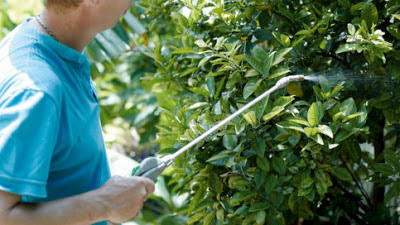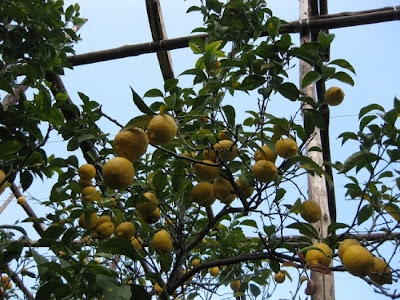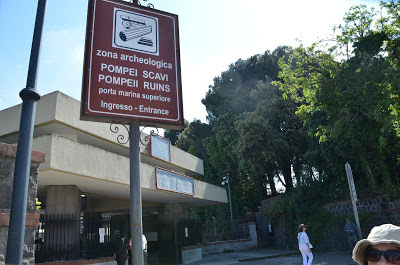 |
| How to grow blackcurrants |
With increasing competition from imported exotic fruits the old fashioned blackcurrant has been falling out of favour since the Second World War. For years it has been the ‘preserve’ of jams and fruit cordials, but recently it has gained a new identity as one of the latest additions to the recent super food craze.
 |
| Blackcurrant jam |
Blackcurrant bushes are usually bought as pot grown plants but you may also be able to purchase them bare-rooted from specialist nurseries during their dormant period of November to February.
As blackcurrants produce fruit on stems grown the previous year it’s important to achieve a regular supply of fresh growth year on year. This is done by either growing it as a multi-stemmed bush or by using the ‘stool’ method which allows the bush to grow out from a single basal stem. By raising the main bush up from the ground this way you are also allowing good air flow around your plants and in so doing reducing the incidence of grey mould which can be particularly troublesome in most soft fruits.
As blackcurrants produce fruit on stems grown the previous year it’s important to achieve a regular supply of fresh growth year on year. This is done by either growing it as a multi-stemmed bush or by using the ‘stool’ method which allows the bush to grow out from a single basal stem. By raising the main bush up from the ground this way you are also allowing good air flow around your plants and in so doing reducing the incidence of grey mould which can be particularly troublesome in most soft fruits.
 |
| Blackcurrant nursery bed |
Water your plants well after planting and continue to do so during hot dry weather in the first year as blackcurrants are relative shallow rooted.
Space the bushes between 5ft and 6ft apart depending on the variety, and for all new plants cut back all the growth to a couple of inches of soil level.
If you are you are growing a multi-stemmed bush then you have nothing more to do, but if you want to encourage stooling then you need to remove all but one healthy stem which again is cut back to within a couple of inches of the soil line. These can now be left for two more years before they need pruning again
If you are you are growing a multi-stemmed bush then you have nothing more to do, but if you want to encourage stooling then you need to remove all but one healthy stem which again is cut back to within a couple of inches of the soil line. These can now be left for two more years before they need pruning again
 |
| Blackcurrant fruits on stem |
In subsequent years mulch your bushes every spring with a well rotted farm manure, this will help to add valuable nutrients to the soil, conserve moisture and help to keep down the weeds as blackcurrants have difficulty competing with them. If your plants are growing strongly then you may wish to change your mulch to something less rich such as straw, leaf mould or wood chips.
For more information click onto:
GROW CAPE GOOSEBERRY SEEDS - Physalis peruviana
HOW TO GROW BLACKCURRANTS
HOW TO GROW BLUEBERRIES
HOW TO GROW BLUEBERRIES IN POTS AND CONTAINERS
GROW CAPE GOOSEBERRY SEEDS - Physalis peruviana
HOW TO GROW BLACKCURRANTS
HOW TO GROW BLUEBERRIES
HOW TO GROW BLUEBERRIES IN POTS AND CONTAINERS
HOW TO GROW BLUEBERRIES FROM SEED
HOW TO GROW GOOSEBERRIES
HOW TO GROW A MULBERRY TREE
HOW TO GROW RASPBERRIES
HOW TO PRUNE BLACKCURRANTS
What is a Fig?
HOW TO GROW GOOSEBERRIES
HOW TO GROW A MULBERRY TREE
HOW TO GROW RASPBERRIES
HOW TO PRUNE BLACKCURRANTS
What is a Fig?
































.jpg)
















